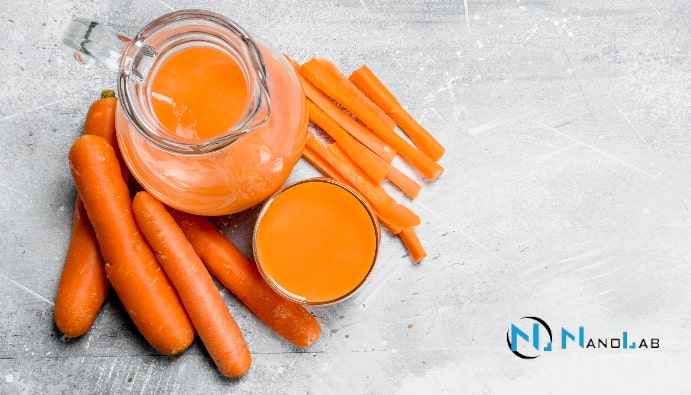
BLOG
KATEGORİDEKİ DİĞER YAZILAR

Lutein is a member of the carotenoid group and is a natural fat-soluble pigment. Since it cannot be synthesized by the human body, it must be taken through diet. Especially green leafy vegetables (spinach, kale), corn, egg yolks and some fruits are rich in lutein.
1. High Performance Liquid Chromatography (HPLC): HPLC is the most widely used method for the determination of lutein. It gives precise and reliable results. Lutein extracted from foods is separated on a suitable column and detected by UV or DAD (diode array detector).
2. Spectrophotometric Methods: Spectrophotometric methods are used to estimate the amount of lutein in a simple and rapid manner. Usually the absorbance of the extracted lutein solution at a specific wavelength is measured.
3. Gas Chromatography (GC-MS):Gas chromatography can be used to analyze volatile derivatives of lutein and other carotenoids. This method usually requires pre-treatment such as methylation.
4. Liquid-Liquid Extraction: Organic solvents such as acetone, ethanol or methanol are usually used in lutein extraction. The extracted lutein is then transferred to analyzers.
5. Fluorometric Methods: In some advanced systems, the determination is performed using the fluorescence properties of lutein. This method can detect even low concentrations of lutein.
Lutein is of great importance due to its health benefits and wide range of uses in the food industry. Quantifying lutein with accurate analysis methods is a critical step for quality control of foods and consumer safety. Advanced technologies provide food manufacturers with more precise and faster analysis and facilitate the development of lutein-enriched products.
Nanolab Laboratories Group continues to provide services within the scope of Determination of Carotenoids (Lutein). We also provide services for the Determination of Additives in Foods.
Contact us for more information.
You can follow us on LinkedIn for up-to-date news and posts about our services.
Follow our Instagram account to be informed about our latest blog posts.